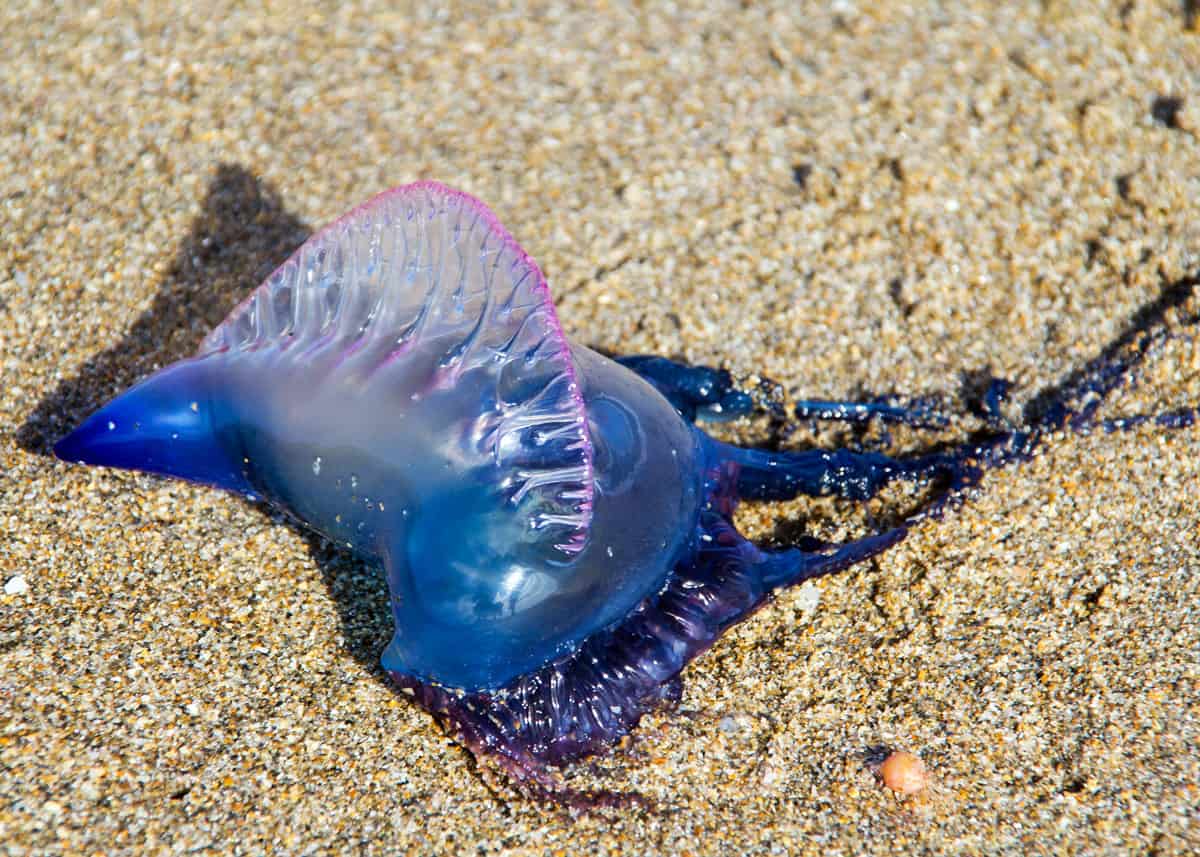
Did you know that a Portuguese man of war isn’t a single animal but a colony of organisms that work and function together as one?

Named after its resemblance to an 18-century Portuguese sailing ship, this creature has long tentacles that are extremely venomous and can harm or kill a human even if they’re dead or detached.
Watch on YouTube
Did you know that a Portuguese man of war isn’t a single animal but a colony of organisms that work and function together as one?
https://en.wikipedia.org/wiki/Portuguese_man_o%27_war
The Portuguese man o' war (Physalia physalis), also known as the man-of-war,[6] is a marine hydrozoan found in the Atlantic, Indian and Pacific Oceans. It is one of two species in the genus Physalia, along with the Pacific man o' war (or Australian blue bottle), Physalia utriculus.[7] Physalia is the only genus in the family Physaliidae. Its long tentacles deliver a painful sting, which is venomous and powerful enough to kill fish and even humans.[8] Despite its appearance, the Portuguese man o' war is not a true jellyfish but a siphonophore, which is not actually a single multicellular organism (true jellyfish are single organisms), but a colonial organism made up of many specialized animals of the same species, called zooids or polyps.[9] These polyps are attached to one another and physiologically integrated, to the extent that they cannot survive independently, creating a symbiotic relationship, requiring each polyp to work together and function like an individual animal.